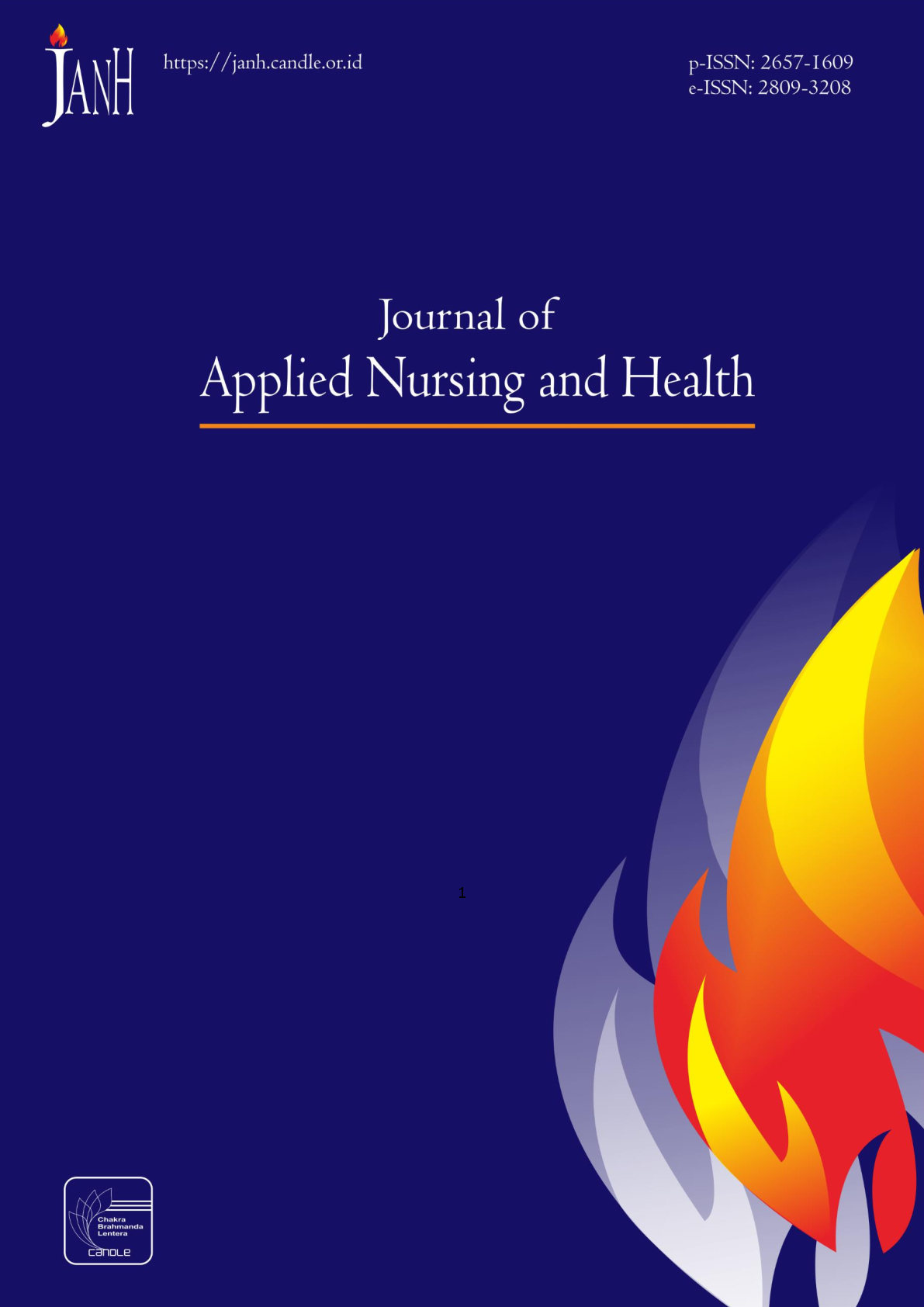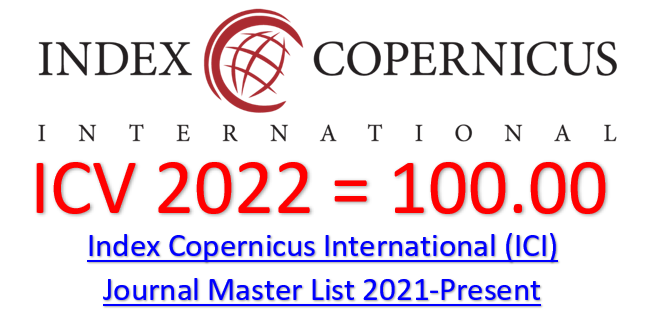Effects Of Non-Existent Ear, Nose, And Throat Clinics On Residents Seeking Health Care At Adankwame Health Centre In Ashanti Region, Ghana
DOI:
https://doi.org/10.55018/janh.v6i2.245Keywords:
ENT, Residents, AwarenessAbstract
Background: Ear, Nose, and Throat (ENT) problems such as the common cold, Otitis Media, and Tonsillitis are standard worldwide and remain a global burden. Bringing ENT services closer to the community remains a key component of reducing the burden of ENT conditions across low and middle-income countries such as Ghana. Yet a shortage of special ENT clinics and specialists to manage these conditions remains. In light of this, the study aimed to assess the effects of non-existent ENT clinics on residents seeking health care at Adankwame Health Center in the Atwima Nwabiagya North District.
Methods: A descriptive cross-sectional survey design was used, using a quantitative approach. The population for the study included residents above 15 years who had visited Adankwame Health Center during the study period. With the convenience sampling technique, 100 respondents were selected for the study. Data was collected with a well-structured questionnaire after an ethical clearance had been sought from the Institutional Review Committee. The data collected was analyzed in frequency tables, pie charts, and graphs using Microsoft Excel 2020 data analysis software and the Statistical Package for Social Sciences (SPSS) 25.0
Results: The study concluded that general knowledge and awareness of the ENT clinic were high among residents who attended Adankwame Health Centre. Some physiological effects identified were hearing impairments, chronic ENT conditions, and delayed speech. Parental depression, probably due to children suffering from delayed speech and language, was the psychological effect identified in this study.
Conclusion: The financial burden was seen in all aspects, as respondents complained of the high cost of transportation when seeking ENT care from secondary and tertiary facilities outside the Adankwame community. The Health Directorate of Atwima Nwabiagya North District should prioritize extending the establishment of ENT clinics in rural areas.
Downloads
References
Campbell, S. C., Clark, P. E., Chang, S. S., Karam, J. A., Souter, L., & Uzzo, R. G. (2021). Renal mass and localized renal cancer: evaluation, management, and follow-up: AUA guideline: part I. The Journal of Urology, 206(2), 199–208.
Khoza-Shangase, K. (2022a). Complexities and challenges in preventive audiology within the African context. Complexities and Challenges in Preventive Audiology: An African Perspective, 1–21.
Khoza-Shangase, K. (2022b). Preventive audiology: Ramping up efforts towards an ear and hearing healthy nation. Ed. K Khoza-Shangase, Preventive Audiology: An African Perspective, AOSIS Books, Cape Town, 1–20.
Lim, M. C., Jeffree, M. S., Saupin, S. S., Giloi, N., & Lukman, K. A. (2022). Workplace violence in healthcare settings: the risk factors, implications, and collaborative preventive measures. Annals of Medicine and Surgery, 78, 103727.
Lubitz, A. F., Eid, M., & Niedeggen, M. (2020). Psychosocial and cognitive performance correlates of subjective cognitive complaints in help-seeking versus non-help-seeking community-dwelling adults. Journal of Geriatric Psychiatry and Neurology, 33(2), 93–102.
Lukman, S., & Fahrizqi, E. B. (2022). Motivasi Atlet Junior pada Club Judo Bandar Lampung. Journal Of Physical Education, 3(1), 9–12.
Mulwafu, W. (2020). Integration of ear and hearing care into primary health care in Malawi with special reference to task-sharing.
Naidoo, T. E. R. (2021). A South African perspective: audiologists’ and otologists’ orientation to, and use of evidence-based practice concerning benign paroxysmal positional vertigo.
Nicholson, N., Rhoades, E. A., & Glade, R. E. (2022). Analysis of health disparities in the screening and diagnosis of hearing loss: early hearing detection and intervention hearing screening follow-up survey. American Journal of Audiology, 31(3), 764–788.
Polit, D. F., Beck, C. T., & Owen, S. V. (2007). Is the CVI an acceptable indicator of content validity? Appraisal and recommendations. Research in Nursing & Health, 30(4), 459–467.
Ren, H., Hu, B., & Jiang, G. (2022). Advancements in prevention and intervention of sensorineural hearing loss. Therapeutic Advances in Chronic Disease, 13, 20406223221104988.
Schlegel, P. N., Sigman, M., Collura, B., De Jonge, C. J., Eisenberg, M. L., Lamb, D. J., … Sokol, R. Z. (2021). Diagnosis and treatment of infertility in men: AUA/ASRM guideline part I. The Journal of Urology, 205(1), 36–43.
Silas, M. J., & Seward, D. X. (2023). Black women’s help‐seeking and self‐care strategies: A phenomenological exploration. Journal of Counseling & Development, 101(2), 157–166.
Ukot, I. (2021). Essentials for Practice of Medicine in the Frontline: From Tropical Africa; Pleasantly Different Volume 2. WestBow Press.
Waterworth, C. J., Marella, M., O’Donovan, J., Bright, T., Dowell, R., & Bhutta, M. F. (2022). Barriers to access to ear and hearing care services in low-and middle-income countries: a scoping review. Global Public Health, 17(12), 3869–3893.
Downloads
Published
How to Cite
Issue
Section
License

This work is licensed under a Creative Commons Attribution-ShareAlike 4.0 International License.

























